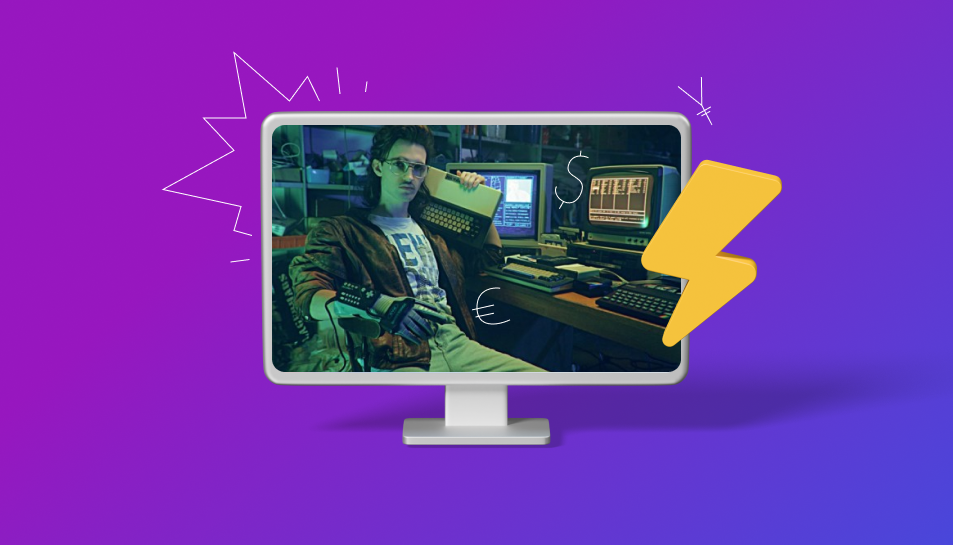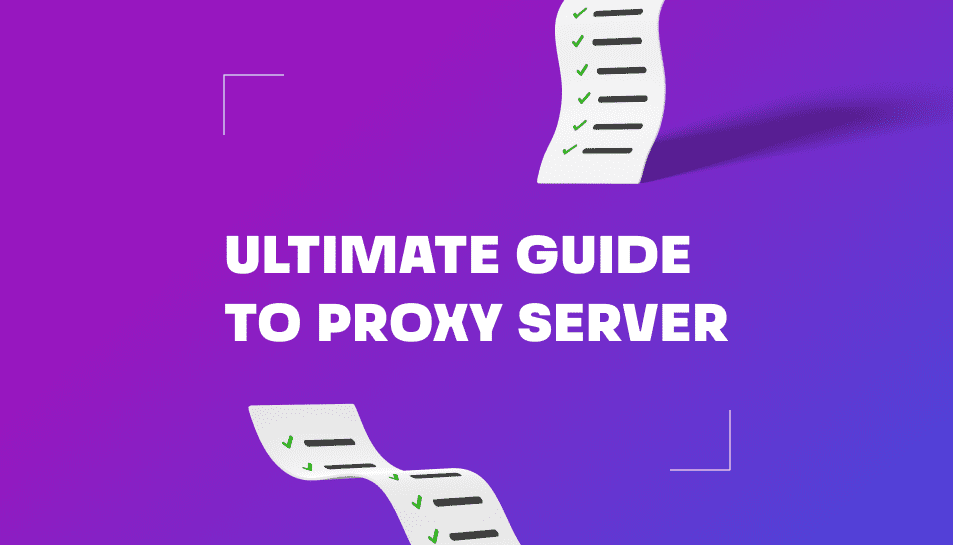
The Tor browser is an internet browser that anonymizes your web traffic, using the Tor network, which makes it easier to hide your identity online. The browser consists of a three-layer proxy, like the layers of an onion (which explains why this vegetable is the browser’s logo). So here’s how it works – Tor randomly connects to one of the public entry nodes, reverses the traffic through a randomly selected central relay, and at last binds the traffic through the third and last exit node.
The history of creating the Tor browser
Like the many users of the Tor browser, the developers, researchers and founders, who have made Tor browser use possible, is a very versatile group of people. But all of those involved in the project, have in common this strong belief: web users should be able to have private, uncensored access to the Internet.
Though the Tor project was fully developed in 2006, the idea of it started to form a lot earlier, in the mid-1990s. In that time, the lack of security and the ability to easily track literally anyone were becoming very clear, so in 1995 David Goldschlag, Mike Reed and Paul Syverson of the U.S. Naval Research Lab started working on the first research designs and prototypes of onion routing, which could help users to stay anonymous. The idea of onion routing was to discover a way to use the global web with as much confidentiality as possible.
In the early 2000s, Roger Dingledine, a graduate of Massachusetts Institute of Technology (MIT), joined the onion routing project and started working together with Syverson. Roger named the project “Tor”, which stood for “The Onion Routing”. Another MIT graduate, Nick Mathewson, also joined in shortly after.
The network in development needed to be managed by multi-stakeholder organizations and trusts, and the software had to be free and open source transparency and sharing. So, in October of 2002 Tor browser’s code was released under a free and open software license. By the end of 2003, the network had about a dozen volunteer nodes. In 2004 the value of Tor to digital rights was recognized by the Electronic Frontier Foundation, that soon began funding Dingledine's and Mathewson's work on Tor. Three years later, the organization began developing bonds to the Tor network to address censorship issues, such as the need to bypass government firewalls, so that users can have access to the open network.
Tor was becoming more popular among activists and tech-savvy users, but it was still problematic for less tech-savvy people to use, so in 2005, development began on tools that went beyond the Tor proxy. Tor Browser development started in 2008.
As people's consciousness of tracking, surveillance, and censorship became higher, so did the prevalence of these obstacles to internet freedom. Nowadays, the network has thousands of relays operated by volunteers and millions of users around the world. And it is this variety that keeps Tor users safe. Today, Tor has become the world's strongest tool for privacy and freedom online.
But Tor is a lot more than just software. It is a huge project created by an international team of people, who believe in and fight for human rights. The Tor Project is extremely devoted to transparency and the security of its consumers.



